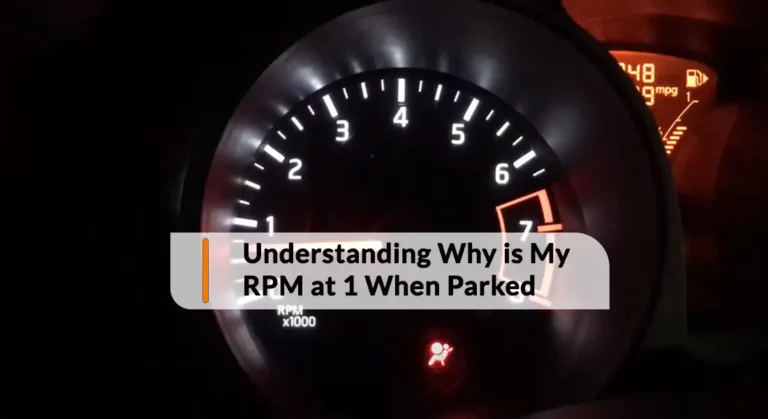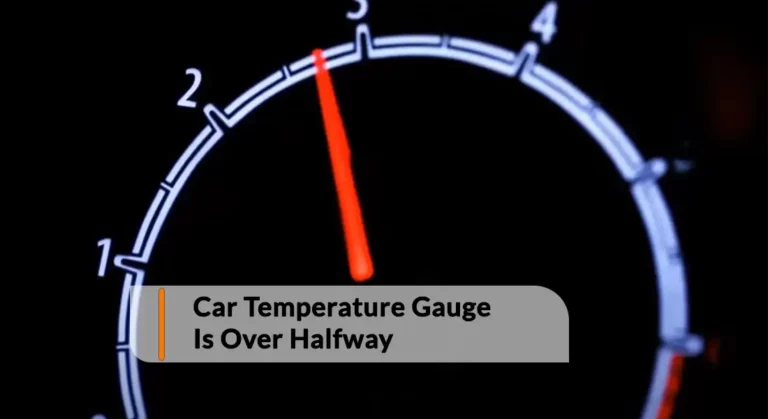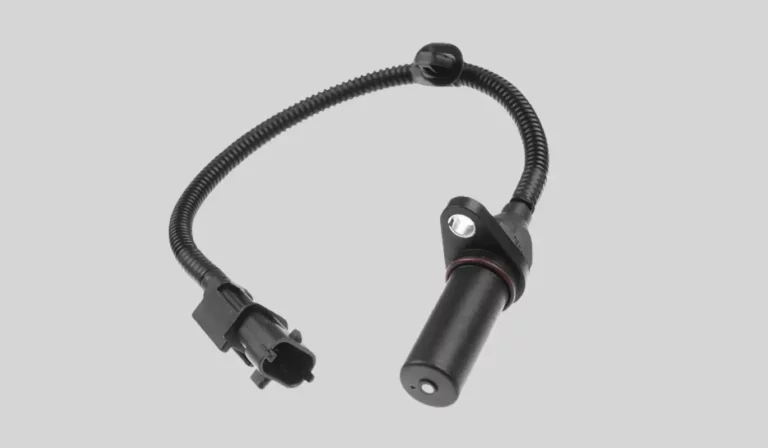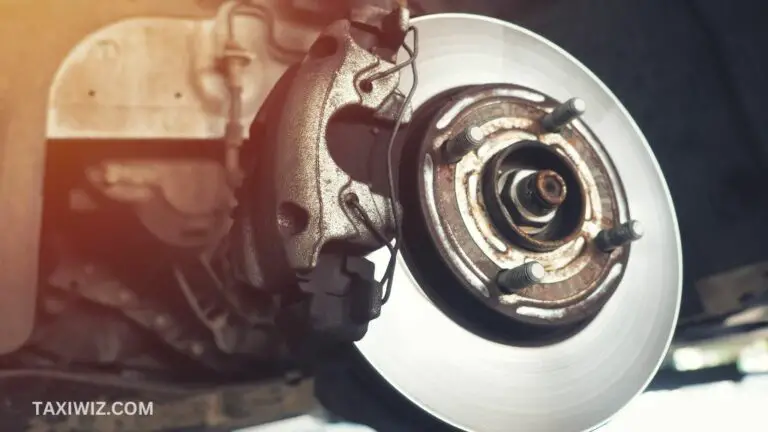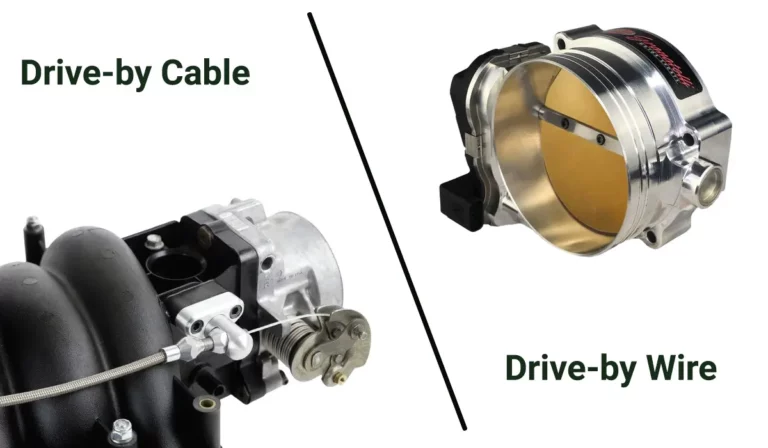What to Do After Replacing Crankshaft Sensor
A crankshaft leads to certain problems even if it’s not in proper condition, specifically after a replacement.
Some of the problems it leads to are:
- Problems starting the engine
- Poor performance
- Takes time to accelerate
But, why does this happen? And what to do after replacing the crankshaft sensor? Resetting the sensor can help. Here, we’ll discuss all that and give you all the information that may be of use to you.
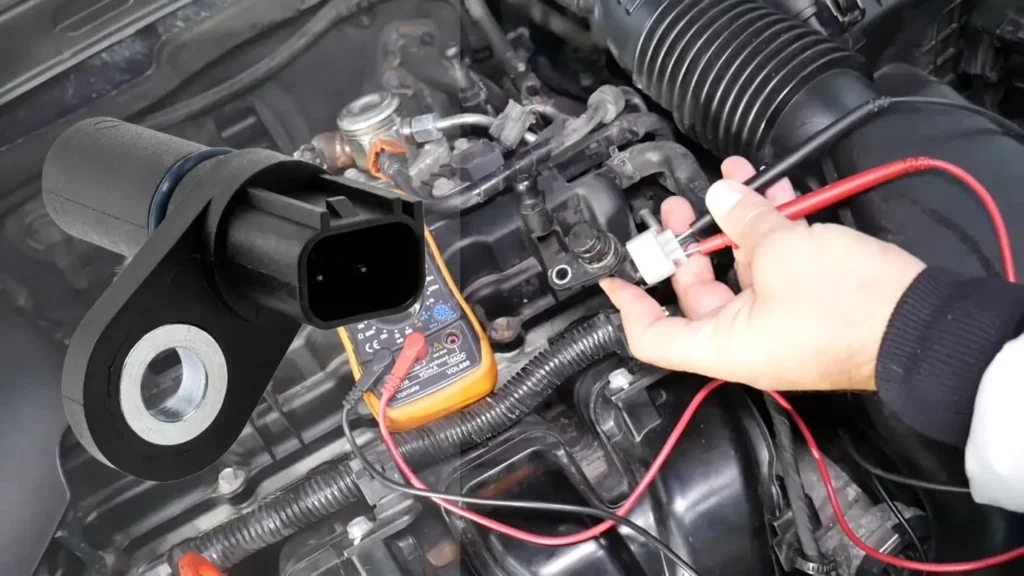
Why Won’t the Car Start After Replacing Crankshaft Sensor?
Here are the causes why the car may not be starting after the replacement:
Improper Installation of the Sensor
The CKP sensor or crankshaft pressure sensor can be found on a bracket. The bracket has to be tightened to a very specific torque. This prevents the sensor from shifting from its position.
Manufacturers prepare every vehicle with a specific torque. However, when we replace the crankshaft, we don’t disassemble the entire engine. Thus, the sensor may be not synced to the system once the crankshaft is installed back into place.
Also, sometimes the bracket isn’t tightened to the proper torque. The exact value depends from engine to engine, but usually, it’s between 7-9 nm.
If the torque is lower than required, the sensor will be mounted loosely. In this case, it may fail to read the position of the crankshaft accurately.
Bad Wiring Harness and Connector
The wiring harness may get damaged due to the constant heating and flexing. Not only that, but problems with the connector such as rusting can also lead to such problems.
If the connector is rusty, it’ll fail to send the right signals to the PCM. If the PCM doesn’t determine the right position and speed of the crankshaft, it’ll lead to improper fuel injection and faulty spark plug ignition.
So, the car may not even start.
On the other hand, if the wiring harness is damaged, the circuit shorts to the ground. This disrupts the overall power supply.
Battery Terminals are Loose
When working on the engine, the battery is often disconnected. This is done especially when an electronic component like the sensor is being repaired or replaced.
So, one should check if the battery is properly reconnected or not.
Faulty Crankshaft Sensor
If the new crankshaft sensor itself is faulty, then it won’t get your car running. So, if you find your car is unable to start even after replacing the crankshaft sensor, you should check the sensor.
Related Post: Will Disconnecting Battery Reset Crankshaft Sensor?
What to Do After Replacing Crankshaft Sensor?
Here’s what you should do after replacing the crankshaft sensor:
Verify It was Installed Properly
Replacing the crankshaft sensor can be a bit tricky because of the accurate positioning and torque of the bracket.
Moreover, other components are closely related to the crankshaft system, and you might throw one or more of them out of sync.
In these cases, your vehicle will either fail to start, or you’ll see the “Check Engine” light on.
To replace the crankshaft sensor properly, follow these steps:
- Turn your car off
- Allow the engine to cool off. Once it’s cool enough, disconnect the negative terminal of the battery to cut off any electricity to the components.
- Find the crankshaft sensor in the crankshaft case.
- Loosen the screws that hold the sensor in place. You can do this with just your hands in most cases
- Pull the sensor out while the electrical connection is disconnected.
- Put the new sensor in its place. Make sure to lubricate the crankshaft and the O-ring properly before doing so.
Reset the Crankshaft Sensor
After replacing the crankshaft sensor, it’s very important to reset or relearn it as well. The sensor tells the computer of your vehicle about the position of the camshaft so it can provide the engine with the appropriate amount of fuel.
While you replace the sensor, the sensor may give off false reading at first. This happens when the sensor isn’t tweaked.
This leads to problems such as the engine not starting or stalling. Over time, it can lead to acceleration problems and even long-term engine damage.
Here’s how you reset the crankshaft sensor:
- Connect an OBDII scanner to your vehicle
- The scanner will show that the “DTC P1336” is not learned
- Put your transmission in “Park”
- Turn the engine off and wait a few seconds
- Now, select “Case Learn” on your scanner and it’ll start the process
- Start the engine again, and hold the brake pedal down firmly
- Check if the case is learned now. If it is, then you’ve reset the sensor successfully
Even if you don’t have a code scanner, you can still technically reset the camshaft sensor.
Instead of the mentioned steps, you’ll have to accelerate and decelerate the engine following some specific instructions. The process is called acceleration and deceleration cycles.
Also, disconnecting the battery for some minutes helps reset the scanners. This may also help reset the crankshaft sensor, although it’s not the most appropriate solution.
In most cases, you’ll have to keep the battery disconnected for 15 minutes at least.
Related Post: Can A Bad Crankshaft Sensor Cause No Start?
Frequently Asked Questions [FAQs]
What Happens If You Don’t Reset the Crankshaft Sensor After Replacement?
The vehicle isn’t supposed to start at all. Even if it does, you’ll face problems such as heating engine, overspeed, and overall, an engine with poor performance.
How Do I Know My Crankshaft Sensor Needs to be Replaced?
You should replace the crankshaft sensor if your engine is stalling, the acceleration is sluggish, or the check engine light is on.
How Much Does a New Crankshaft Sensor Cost?
Fortunately, crankshaft sensors are very affordable. You can get them for $15-$30 apiece.
Conclusion
It can be frustrating if your car doesn’t start after replacing the crankshaft sensor. Now you have learned what to do after replacing the crankshaft sensor. Following these steps will make sure your car is as good as new.
Also, if your crankshaft is showing signs of malfunctions, replace it as soon as possible to avoid any long-term damage to the engine.
Related Post: How Much Is A Crankshaft Seal Replacement Cost?

